Unleashing Creativity: AI as the Ultimate Artistic Muse
The realm of art has been revolutionized by the advent of Artificial Intelligence (AI). Far from being an anathema to creativity, AI serves as a powerful muse, unearthing boundless possibilities in artistic expression. Let’s delve into the intriguing dynamics of this digital phenomenon in art.
The Role of AI in Art
To appreciate AI’s role as a muse, we must first understand its role in art. AI in art, often manifested through AI art or AI prints, represents the utilization of machine learning algorithms to create artwork. This shift from traditional artistic tools to digital methods isn’t merely about changing mediums—it signifies a profound evolution in the creative process itself.
AI-powered art tools, like the AI art generator from photo, analyze countless artworks, learn from their structures and patterns, and use this knowledge to generate unique pieces. But it’s not just about mimicking existing styles—AI can also create entirely novel aesthetics, defying conventional artistic paradigms.
AI’s influence extends beyond creating visual art. It can write poetry, compose music, choreograph dances, and even direct films. In each of these domains, AI offers a fresh lens through which artists can explore, innovate, and express themselves.
-
LeBron James
Art Prints $160.00 – $200.00Buy now This product has multiple variants. The options may be chosen on the product page -
US President 44
Art Prints $160.00 – $200.00Buy now This product has multiple variants. The options may be chosen on the product page -
US President
Art Prints $160.00 – $200.00Buy now This product has multiple variants. The options may be chosen on the product page
Unleashing Creativity with AI
Artists have always sought inspiration, pushing boundaries to find novel ways to express their innermost thoughts and emotions. In AI, artists find a muse unlike any other. AI doesn’t merely inspire artists—it equips them with a potent tool to reimagine and redefine their creative process.
Firstly, AI offers limitless creative possibilities. An AI can generate countless variations of an idea, pushing the envelope of what’s possible and challenging artists to think beyond traditional constraints. It encourages artists to experiment with different styles, techniques, and forms, fostering a culture of relentless innovation.
Moreover, AI democratizes the artistic process. Traditionally, creating art required mastery of specific skills—painting, sculpting, playing a musical instrument, etc. With AI, anyone can create art, regardless of their technical prowess. By lowering the barriers to entry, AI invites a broader spectrum of individuals to participate in the creative process, leading to a richer, more diverse art landscape.
Finally, AI helps artists transcend the limitations of human cognition. An AI isn’t constrained by human biases or preconceived notions—it can generate ideas that a human mind might never conceive. This capacity for ‘out-of-the-box’ creativity can prompt artists to venture into unexplored artistic territories, spurring groundbreaking art.
The role of AI in empowering today’s artists is explored further in our blog post. This transformative influence of AI highlights its potential as a creative muse, opening a new frontier in the art world.
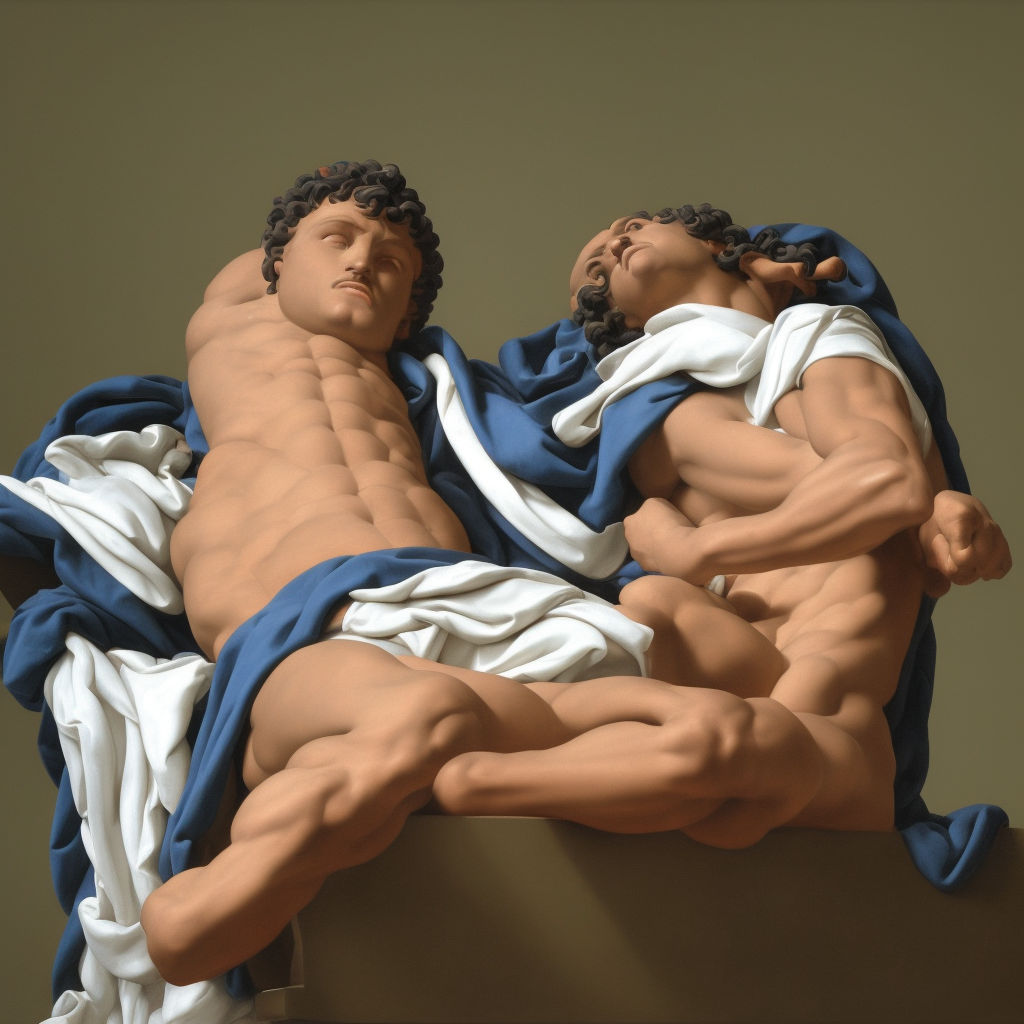
Case Studies of AI as Artistic Muse
AI has already proven its potential as a creative muse in several captivating instances. Let’s explore a few case studies that illustrate the compelling blend of AI and artistry.
1. “The Next Rembrandt”
In this project, a team of data scientists, engineers, and art historians used an AI trained on Rembrandt’s works to create a new artwork in his style. The result? An eerily accurate portrait bearing the unmistakable signature of Rembrandt’s brushwork, complete with his unique lighting and technique.
2. AICAN
Created by Rutgers University’s Art & AI Lab, AICAN is an AI that has produced artwork showcased in galleries and art fairs. Rather than replicating existing artistic styles, AICAN generates novel aesthetics that push the boundaries of human creativity.
3. Google’s DeepDream
DeepDream, an AI created by Google, uses a convolutional neural network to find and enhance patterns in images, generating dream-like, psychedelic transformations of ordinary photos. The resulting images have sparked fascination and inspired artists to explore new visual vocabularies.
4. Obvious Art’s “Portrait of Edmond de Belamy”
Obvious Art, a collective of artists and researchers, used a machine learning algorithm known as Generative Adversarial Networks (GANs) to create a series of portraits of a fictitious family named the “Belamys”. The most famous among them, “Portrait of Edmond de Belamy”, was auctioned at Christie’s for an astounding $432,500, underscoring the potential of AI in creating artwork that resonates with audiences.
5. The “Mosaic Virus” project by Anna Ridler
Artist Anna Ridler used AI in her project “Mosaic Virus”. She trained an AI on a dataset of 10,000 tulips she photographed and created an AI-generated video of a tulip blooming, with the appearance of the flower controlled by the fluctuation of Bitcoin price during a specific period.
6. “Sunspring” – a film scripted by an AI
“Sunspring” is a short science fiction film that was entirely scripted by an AI. The AI, Benjamin, was trained on dozens of sci-fi screenplays and came up with a script that, while nonsensical at times, produced a captivating and surreal narrative.
7. “Hello, World!” by Taryn Southern
Taryn Southern composed an entire album titled “I AM AI”, using AI to generate the backing tracks. The single “Hello, World!” was one of the first songs to be entirely composed and produced with AI, marking a milestone in the music industry.
These case studies underscore the potential of AI not only as a tool but as a muse that can inspire and provoke creativity in unforeseen ways.
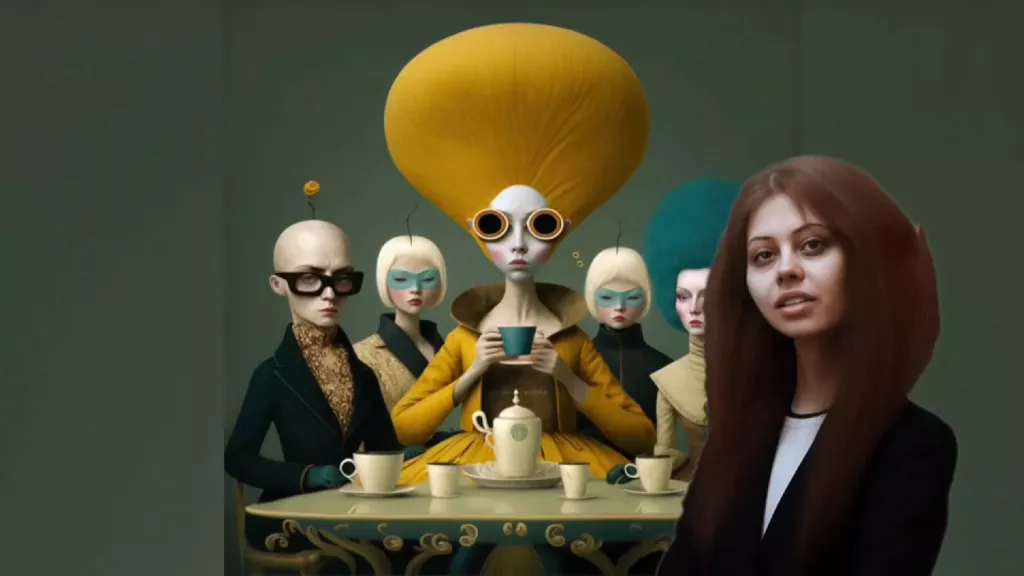
The Future Potential of AI in Art
As we look towards the future, the potential of AI in art seems boundless. The rapid advancements in AI capabilities suggest that we’re only scratching the surface of what’s possible.
AI could redefine the concept of originality in art. As machines develop the capacity to generate unique styles and aesthetics, we may see a proliferation of novel art forms that push the boundaries of human imagination.
Furthermore, as AI becomes more accessible, it could democratize the process of art creation. With AI tools, anyone could potentially create complex artwork, breaking down barriers and creating a more inclusive art world.
Finally, AI could become an integral part of the artistic process. Just as photographers use software to edit their photos or musicians use digital tools to fine-tune their compositions, artists might use AI to refine and enhance their creations.
Overcoming Challenges and Criticisms
Despite the exciting potential of AI in art, it’s not without its critics. Some express concern that AI could undermine human creativity, making art a product of algorithms rather than human emotion.
To address this criticism, it’s essential to remember that AI is a tool, not a replacement for human creativity. Just as a painter uses a brush, an artist can use AI to express their vision. The creative impetus remains firmly in the hands of the artist—the AI merely provides a new medium through which to realize that vision.
Another concern is the question of authorship in AI art. If an AI generates a piece of art, who owns the rights to that work—the creator of the AI, the operator, or the AI itself? These complex questions necessitate thoughtful discussions and regulatory frameworks to ensure that the burgeoning field of AI art develops in a manner that respects creators’ rights and contributions.
Conclusion
AI’s role in art is as complex and multi-faceted as art itself. As a tool, it offers new possibilities for creative expression and innovation. As a muse, it challenges artists to push the boundaries of what’s possible, opening up uncharted territories in the artistic landscape.
However, as with any powerful tool, it’s crucial to use it responsibly. By acknowledging and addressing the challenges of AI in art, we can ensure that it serves as a catalyst for creativity, not a threat.
AI in art is not just about technology—it’s about the future of creativity. It’s about exploring new ways to express the human experience, pushing the boundaries of what’s possible, and redefining our understanding of art. And perhaps most importantly, it’s about celebrating the power of human creativity and the endless possibilities it holds.
Art has always been a mirror of the times, reflecting our triumphs, struggles, dreams, and fears. As we stand at the cusp of a new era in artistry, powered by the remarkable capabilities of AI, it’s exciting to imagine the reflections that this new mirror will reveal.
Explore our range of AI-generated artwork at our online shop and see how AI is revolutionizing the art world. Whether you’re an artist, a collector, or simply an enthusiast, join us on this thrilling journey as we navigate the dawn of AI artists, and witness how machines are creating art.

Frequently Asked Questions
Is AI capable of artistic creativity?
AI is capable of generating unique, artistic outputs. However, whether this constitutes "creativity" is a subject of ongoing debate. Many argue that creativity requires intent, emotion, and original thought, which AI currently lacks.
How can AI be used in the creative arts?
AI can be used in the creative arts in many ways. For example, AI algorithms can create visual art, compose music, write poetry or scripts, and even aid in choreographing dance. AI tools can also be used to enhance existing art forms.
Is AI the end of creativity?
Far from ending creativity, AI has the potential to enhance it. By offering new tools and possibilities, AI can serve as a springboard for human artists to push boundaries and explore new forms of creative expression.
Can AI replicate human creativity?
While AI can mimic certain aspects of human creativity—such as generating art based on learned patterns—it does not currently possess the emotional depth, context understanding, or intent that is often associated with human creativity.
Are AI artists really artists?
Whether AI systems can be considered "artists" is a complex question and largely depends on how one defines artistry. While AI can generate art, it lacks the consciousness and intent of a human artist. Thus, many argue that AI are tools used by human artists, rather than artists in their own right.
Will AI completely replace artists?
AI is not likely to replace human artists. While AI can create art, it does not possess the emotional depth, cultural context, and intent of human artists. Rather than replacing artists, AI is more likely to serve as a new tool for artists to explore and express their creativity.
Will AI replace creative writers?
While AI has made impressive strides in generating text, it is unlikely to replace creative writers. Writing, especially creative writing, involves a deep understanding of human emotion, nuanced communication, cultural context, and creative intent—areas where AI currently falls short.
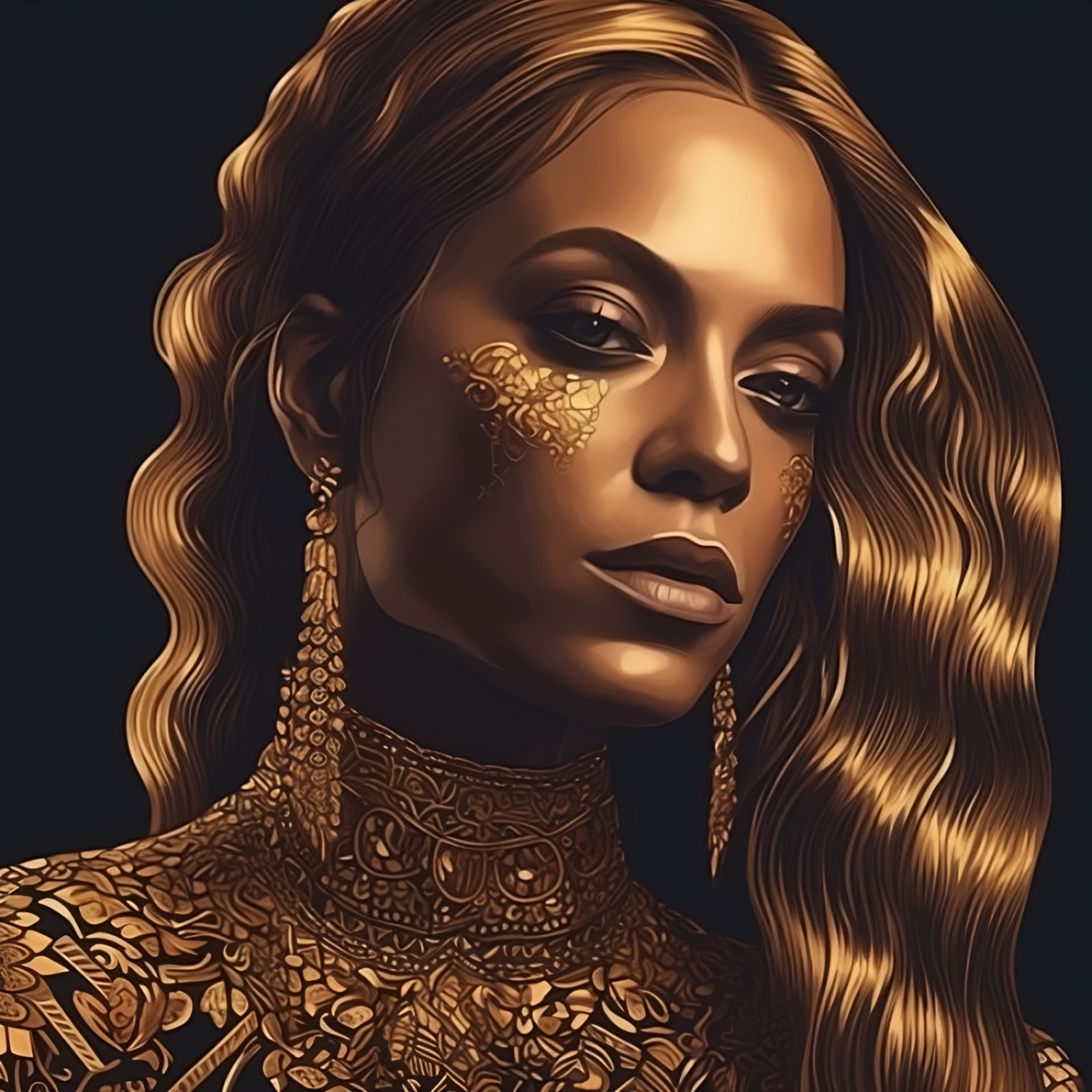

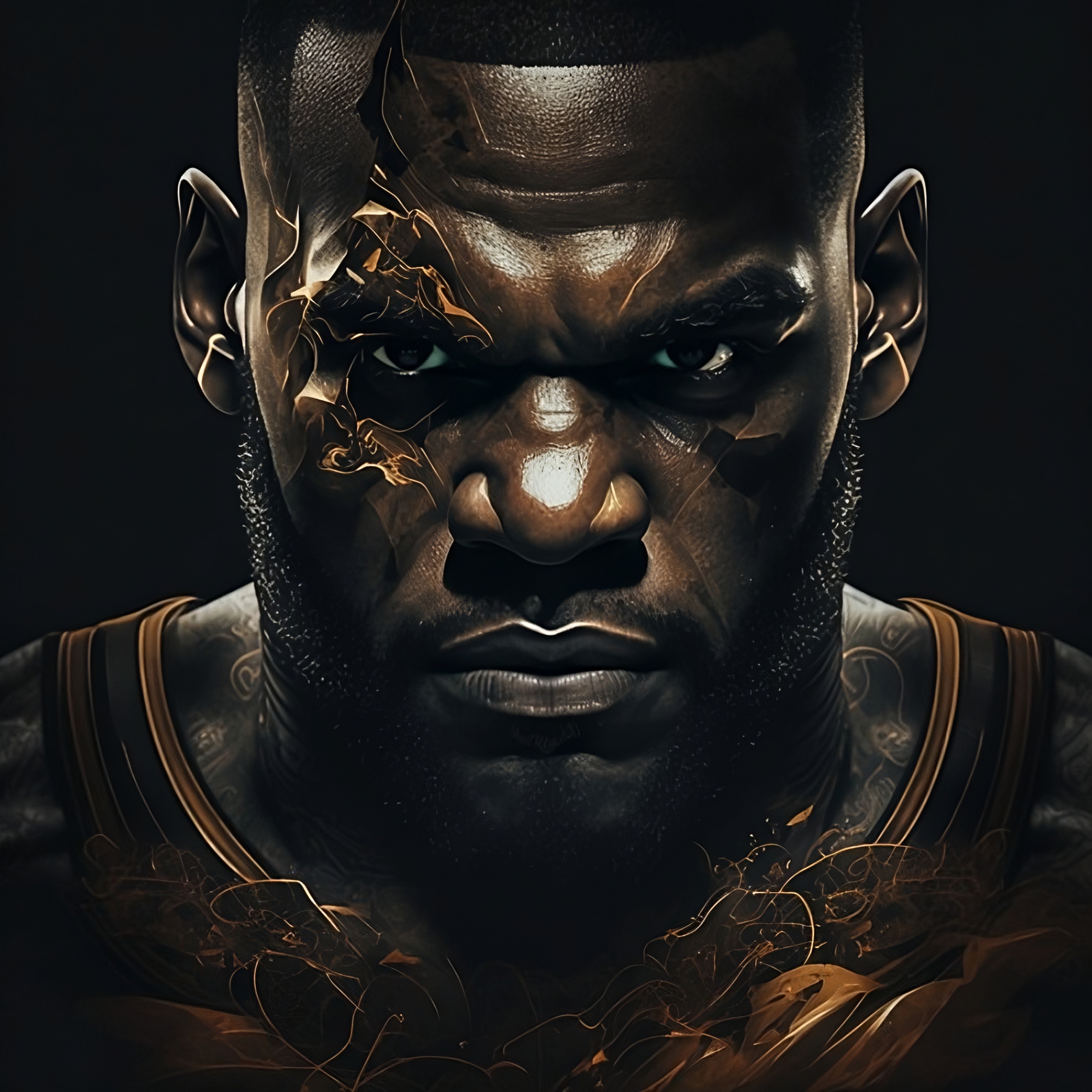

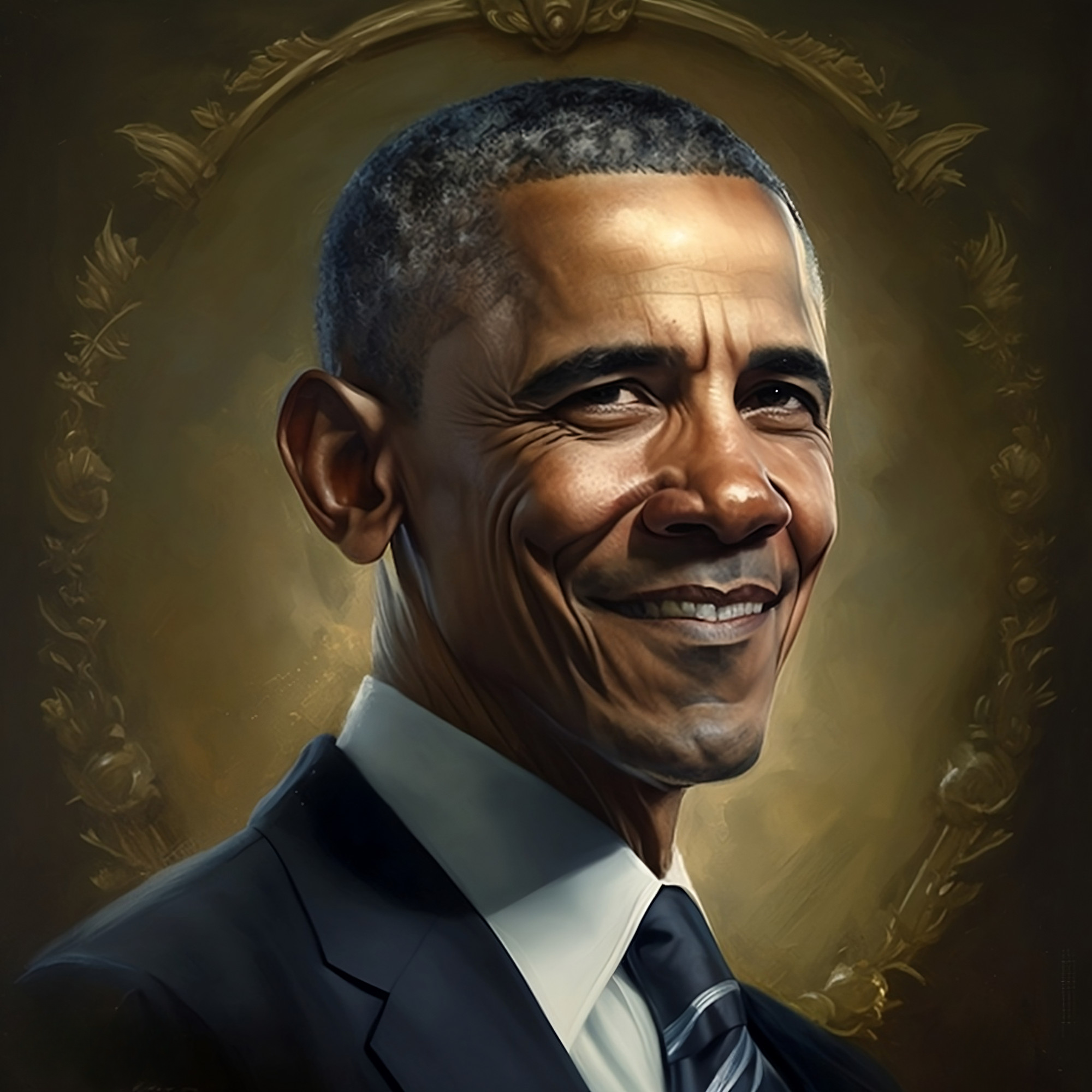

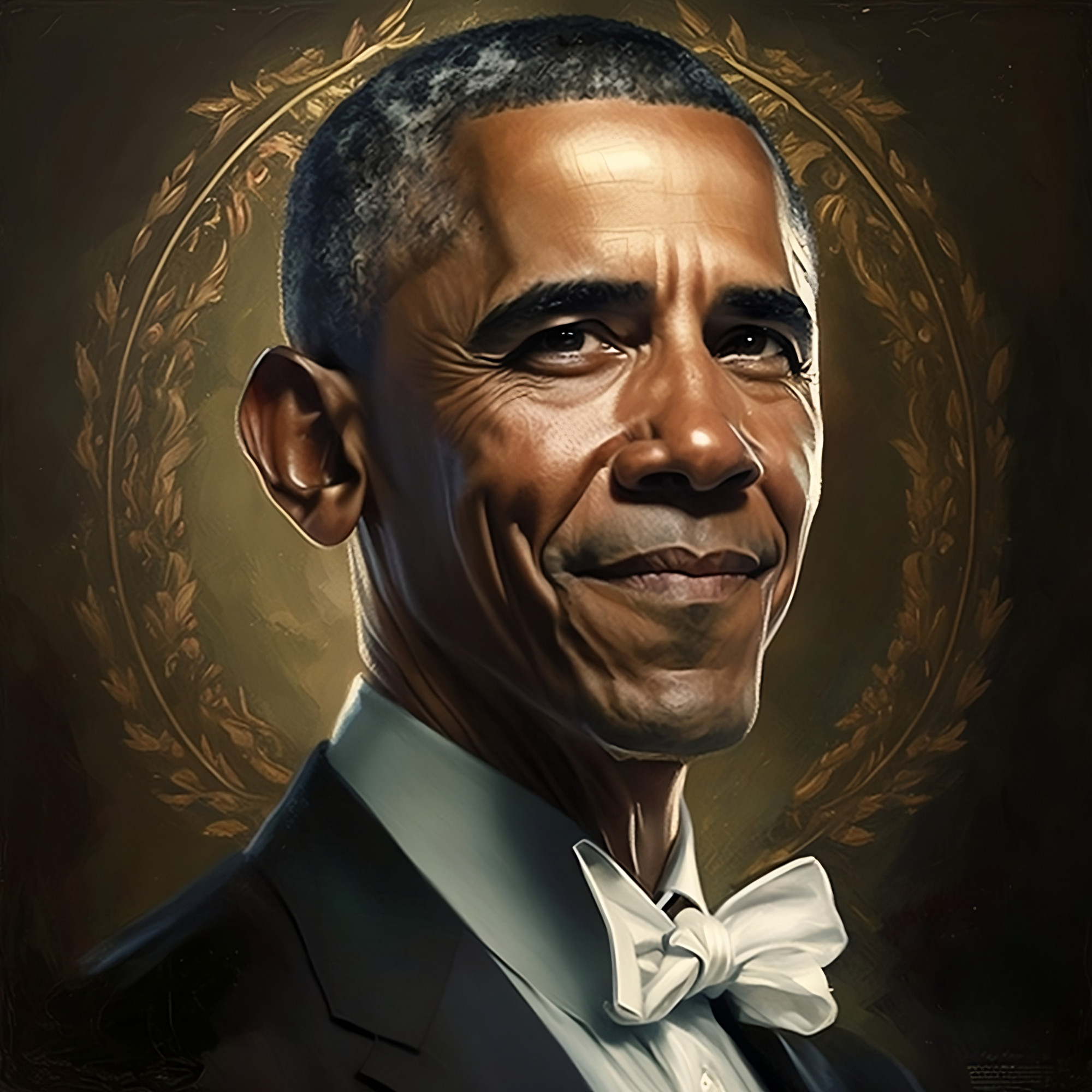
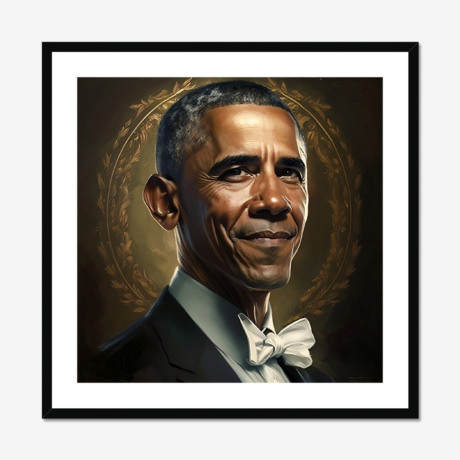
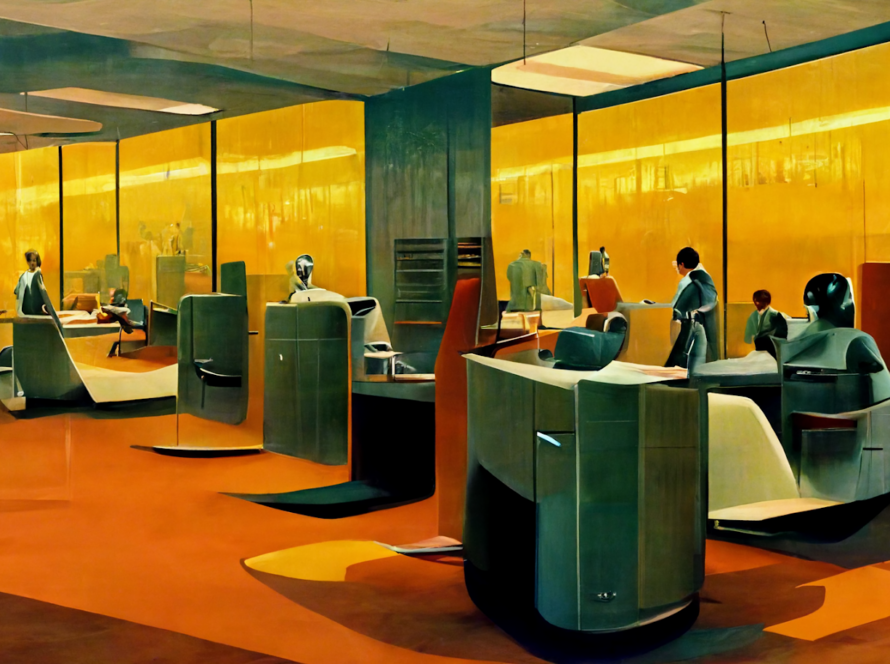
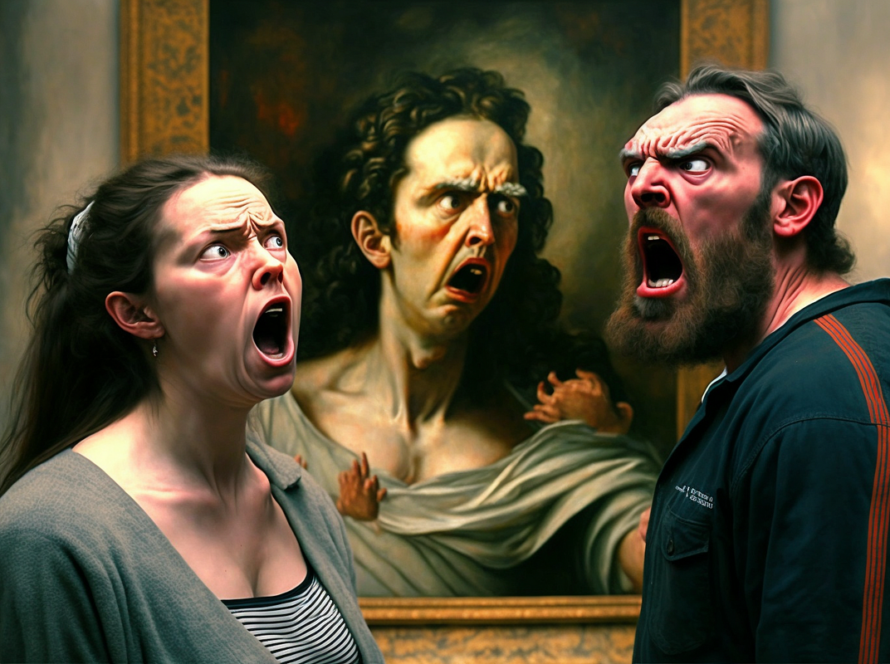
1 Comment